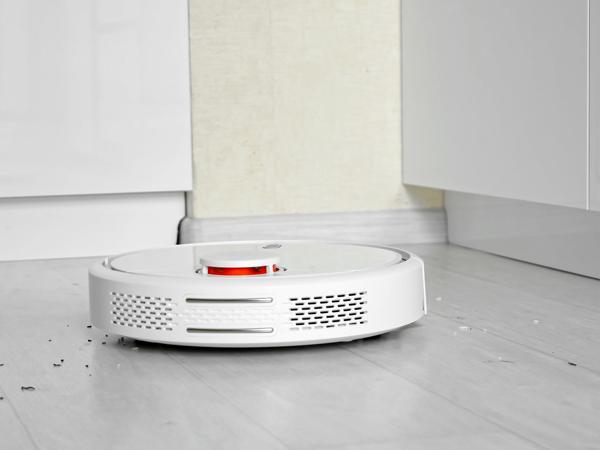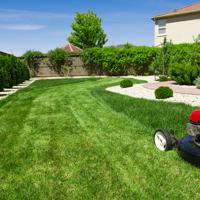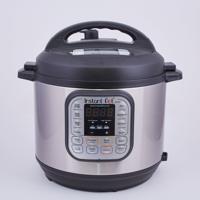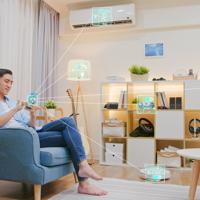In the realm of smart technology, automated window cleaners have carved out a niche that piques the curiosity of homeowners and tech enthusiasts alike. Window cleaning, traditionally a time-consuming and sometimes perilous task, stands to benefit significantly from automation. But the question remains: Do automated window cleaners genuinely deliver on their promise?
Understanding Automated Window Cleaners
Automated window cleaners are devices designed to simplify and reduce the effort involved in cleaning windows. They typically use suction or magnetic connectivity to affix themselves to the glass surface, moving across the window while cleaning it with built-in brushes, pads, and sometimes squeegees.
These devices are akin to robotic vacuum cleaners but for your windows. They're often equipped with sensors to detect window edges, enabling them to navigate autonomously and prevent accidents like falling.
Do They Really Work?
From personal experiences and various user testimonials, automated window cleaners can indeed fulfill the basic promise of cleaner windows with less human intervention. They offer consistency in performance, usually without missing spots, and they can clean windows that are hard to reach, which is a boon for multi-story homes.
However, their effectiveness can depend on several factors, including the quality of the security systems.
- Type of Windows: Automated window cleaners generally perform best on flat, smooth surfaces. Windows with many panes, intricate designs, or uneven textures might be challenging for these robots to clean thoroughly.
- Dirt Intensity: For windows with heavy, caked-on dirt or grime, these devices may not clean as thoroughly as manual scrubbing. They work best with regular maintenance cleaning rather than tackling extensive buildup.
- Power Source: Most models are electric and may require a power source nearby, which can limit their usage for some areas.
Popular Models
HOBOT-298
A popular model, the HOBOT-298, features a water tank for ultrasonic water spray and can be controlled via a smartphone app. It generally receives favorable reviews for ease of use and efficiency on large glass panes.
ECOVACS WINBOT X
The WINBOT X is a wireless model, which offers more flexibility in terms of reach. It attaches via suction and is noted for its detailed edge detection capabilities, reducing the risk of mishaps on large, framed windows.
Research and Insights
In a recent study conducted by the Smart Home Research Group in 2022, automated window cleaners were tested against manual cleaning in various settings. The results indicated that while these devices save time and effort, they matched about 70-80% of the cleaning efficiency performed manually by an experienced cleaner.
Most users appreciated the reduced risk of accidents, especially in high-rise residences. However, they noted that for windows located in heavily polluted or dusty environments, a combination of manual and automated cleaning might yield optimal results.
Things to Consider
When contemplating an automated window cleaner, consider the structure of your home and the kind of windows you have. For straightforward and regularly maintained windows, automated cleaners might suit your needs perfectly. However, for complex designs or extremely dirty windows, you may still want to resort to manual assistance now and again.
Personal Reflection
Personally, the convenience of pressing a button and watching a gadget clean a window for me is quite appealing. Although they’re not perfect, these devices seem to embody the progression of mundane chores into the realm of smart living. If you cherish that blend of tech and practicality, an automated window cleaner is worth exploring.
In sum, automated window cleaners can indeed work, and in some scenarios, they shine particularly bright. But as with any technology, expectations should be managed, understanding both the benefits and limitations that come packaged in these modern marvels.




